STD Notification Letter Template for Professional Use
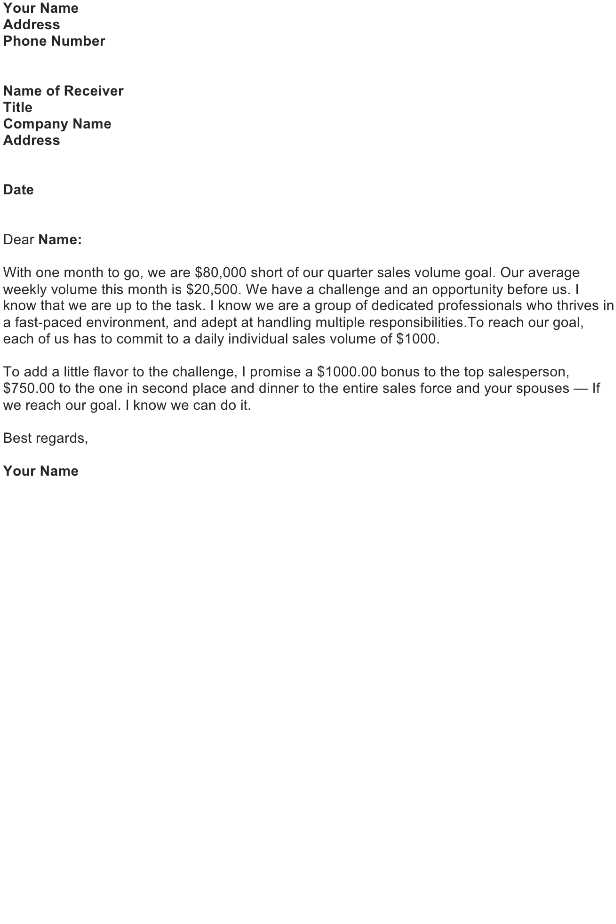
When addressing sensitive health matters, clear and respectful communication is essential. In certain situations, individuals must inform others about potential health risks or important medical information. To ensure the message is both effective and appropriate, it’s crucial to use a structured format that conveys the necessary details with clarity and professionalism. Such a format helps maintain privacy, shows respect, and ensures that the recipient understands the importance of the communication.
Important Components of a Health Notification
Creating a well-structured health alert involves several key elements. Each part serves a specific purpose to ensure the message is properly communicated. Here are the main components:
- Introduction: Start with a polite and concise greeting, briefly stating the purpose of the communication.
- Health Details: Clearly explain the situation and any necessary context. Avoid jargon, using simple language to ensure understanding.
- Instructions: Provide specific guidance on the actions the recipient should take next. This can include medical appointments or precautions.
- Contact Information: Include relevant contact details for follow-up or further questions.
- Closing: End with a respectful and professional closing statement.
Personalizing the Message
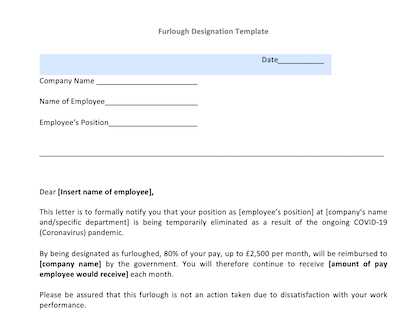
While using a standard format is important, personalizing the message can enhance its effectiveness. A personal touch makes the recipient feel valued and ensures the message is relevant to their unique situation. This can include addressing the individual by name, referencing any prior interactions, or acknowledging their specific circumstances. However, it’s important to maintain professionalism and keep the tone respectful and clear.
Legal and Ethical Considerations
When communicating health-related matters, it’s crucial to understand the legal and ethical responsibilities involved. Always ensure that the message respects the privacy of the recipient and complies with relevant laws, such as confidentiality regulations. It’s also important to use language that is non-judgmental and supportive, ensuring the message conveys empathy and understanding.
Best Practices for Sending Health Alerts
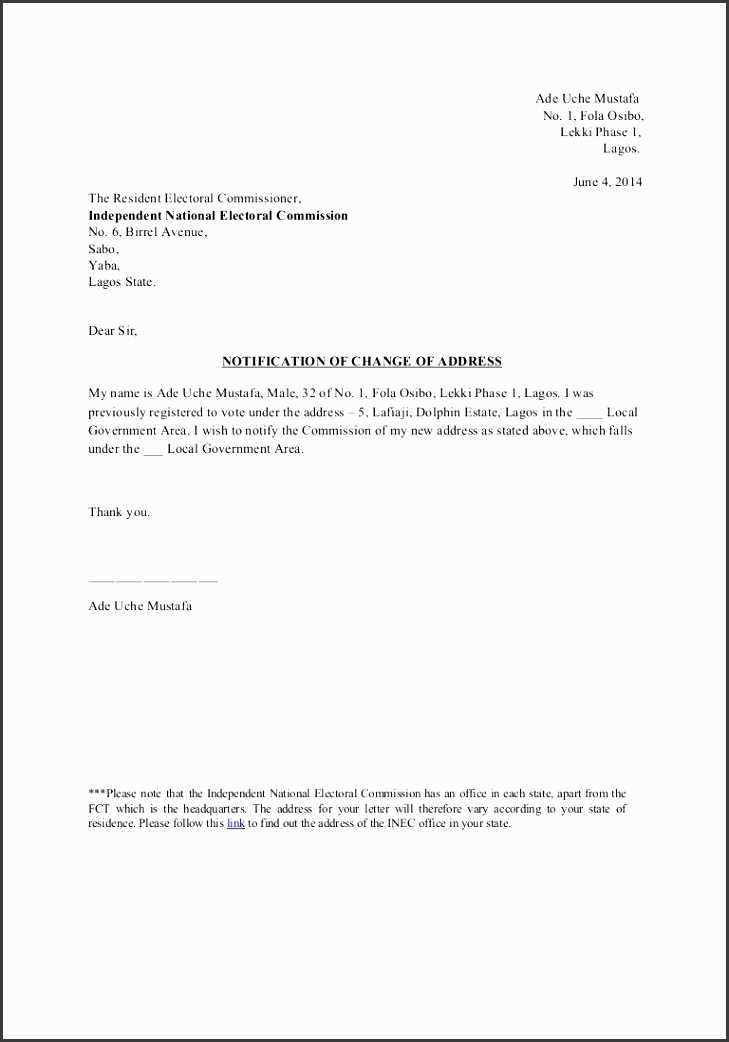
To ensure the message is received and acted upon, consider the following best practices:
- Choose the Right Method: Depending on the situation, decide whether email, mail, or another form of communication is most appropriate.
- Timing: Send the message at an appropriate time to allow the recipient to take necessary actions without delay.
- Clarity: Ensure the message is easy to read and understand, using bullet points or numbered lists for better organization.
- Follow-Up: After sending the initial communication, offer a follow-up to confirm receipt and address any questions.
Common Mistakes to Avoid
While creating and sending a health-related alert, there are several mistakes to avoid:
- Ambiguity: Ensure the message is clear and specific, leaving no room for confusion.
- Overloading Information: Provide necessary details, but avoid overwhelming the recipient with excessive information.
- Lack of Sensitivity: Health-related communications should always be delivered with respect and care, avoiding any language that could be seen as harsh or insensitive.
Understanding Health Alerts and Their Importance
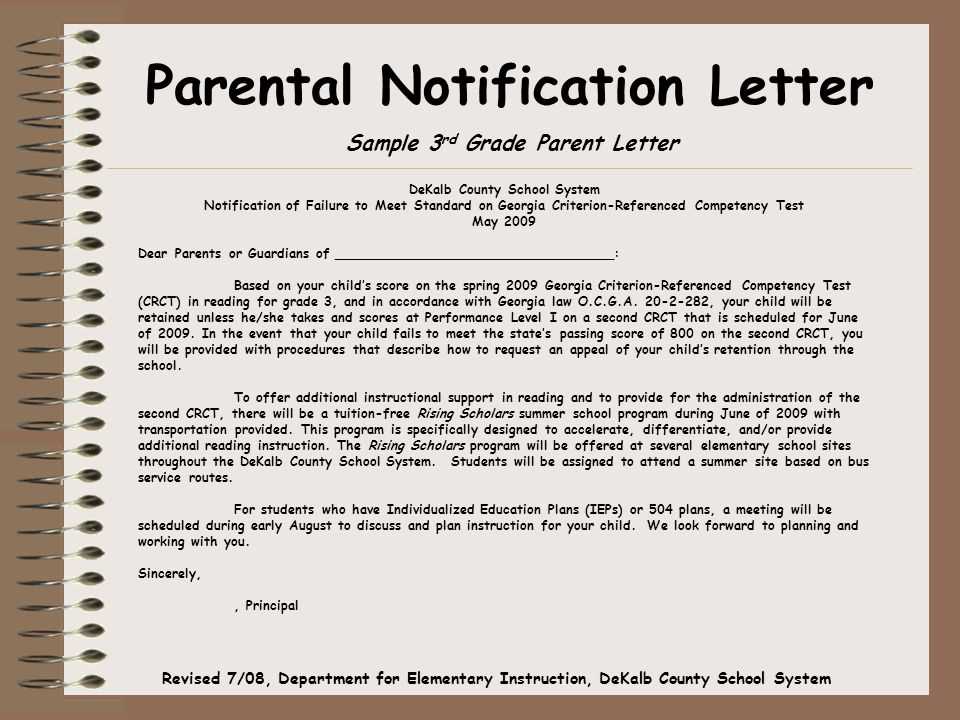
In certain situations, it becomes necessary to inform individuals about health risks or potential concerns in a clear and respectful manner. Such communications play a vital role in ensuring the recipient understands their situation and any actions they need to take. When crafting these messages, a structured approach is crucial for delivering the information effectively while maintaining professionalism and sensitivity. Using a standardized format can ensure all relevant points are covered consistently and appropriately.
Why Use a Pre-Defined Structure for Health Communication
Utilizing a pre-determined format for health-related messages helps streamline the process, making it easier to ensure that all important aspects are communicated without omission. A well-organized structure allows the sender to focus on personalizing the message, while still maintaining a professional and respectful tone. The format also ensures that all necessary information, such as health details, instructions, and contact information, is included in a clear and concise manner.
Key Elements of a Health Communication
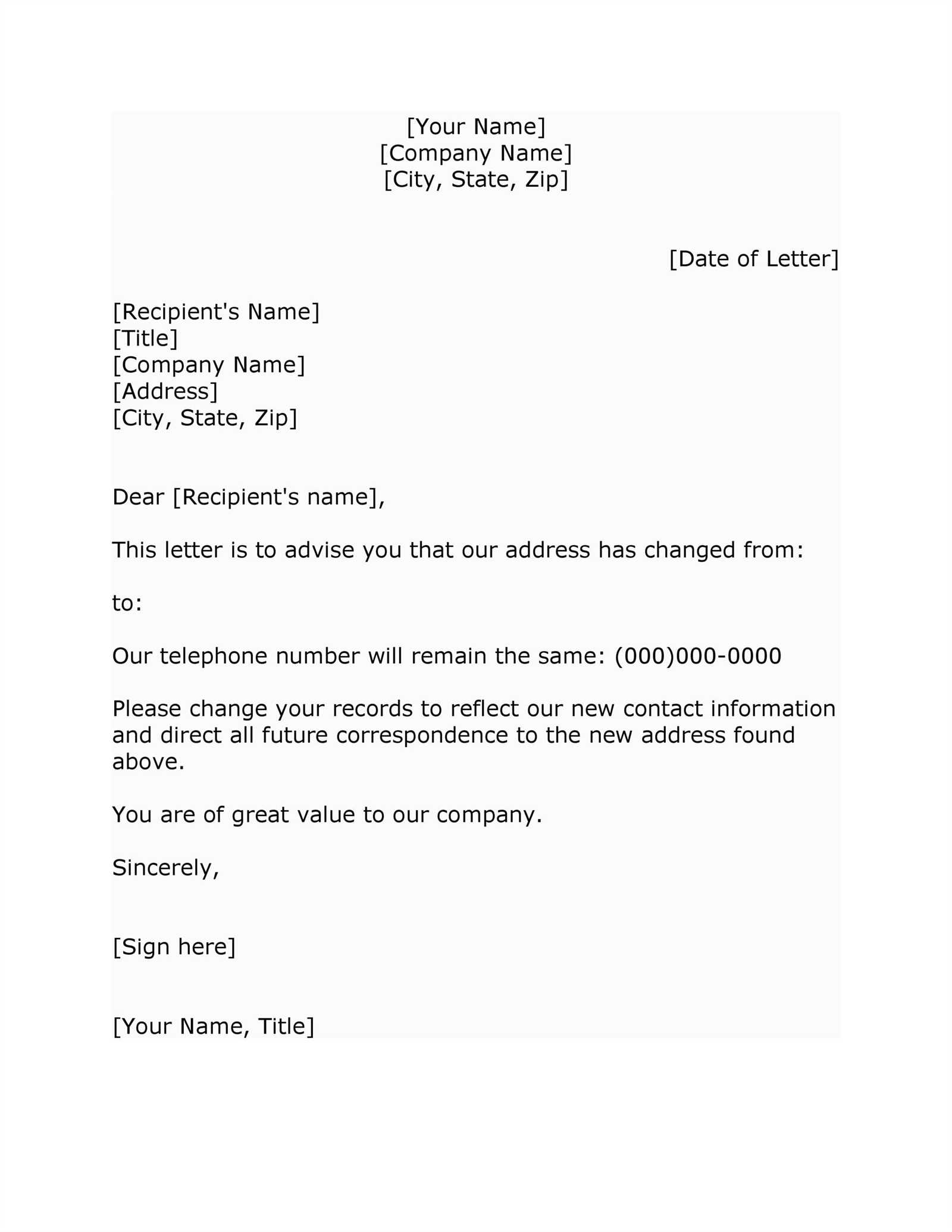
Effective communication should include specific elements to ensure clarity and understanding. These include:
- Introduction: Clearly state the purpose of the message and offer a respectful greeting.
- Details: Provide essential information in a straightforward manner, avoiding unnecessary technical jargon.
- Instructions: Outline any necessary steps the recipient should take, such as seeking medical advice or scheduling a consultation.
- Contact Information: Offer clear details on how the recipient can reach out for further questions or clarification.
- Conclusion: End with a polite closing, emphasizing the importance of the information and offering support if needed.
How to Personalize the Message
Personalizing a health-related message can make the communication feel more considerate and relevant to the recipient’s situation. This can be done by addressing the individual by name, referencing specific health concerns, and tailoring instructions to their circumstances. However, it’s essential to strike a balance between personalization and professionalism, ensuring the message remains clear and focused on the necessary steps without becoming overly casual.
Legal Considerations When Sending Health Alerts
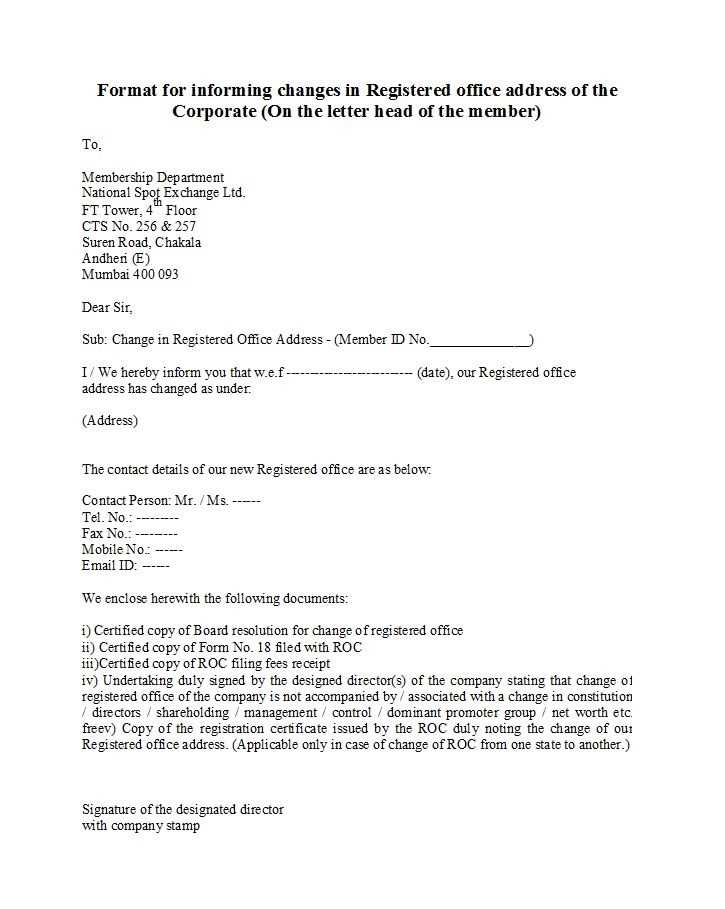
When communicating about health issues, it’s essential to consider privacy laws and regulations. Ensuring that all personal information is protected and that confidentiality is maintained is crucial. Any health-related messages should comply with legal requirements, such as those set out in the Health Insurance Portability and Accountability Act (HIPAA) in the United States, to protect patient privacy and prevent unauthorized disclosure of sensitive data.
Best Practices for Effective Health Communication
Following best practices can significantly improve the effectiveness of health-related messages. Some key practices include:
- Clear and Concise Language: Avoid jargon and use simple, direct language that the recipient can easily understand.
- Timeliness: Ensure the message is sent promptly so the recipient has adequate time to take necessary actions.
- Appropriate Method: Select the most suitable communication method, whether it’s email, phone call, or in-person meeting, depending on the situation.
- Follow-Up: After the initial message, provide a follow-up to ensure the recipient received the information and understands the next steps.
Common Pitfalls to Avoid
When crafting and sending health-related communications, it’s important to avoid the following mistakes:
- Being Vague: Ensure that the message is specific and clear, leaving no room for misunderstanding.
- Overloading Information: Stick to the most essential details to prevent overwhelming the recipient.
- Insensitive Language: Be careful with the tone of the message, ensuring it is empathetic and respectful throughout.